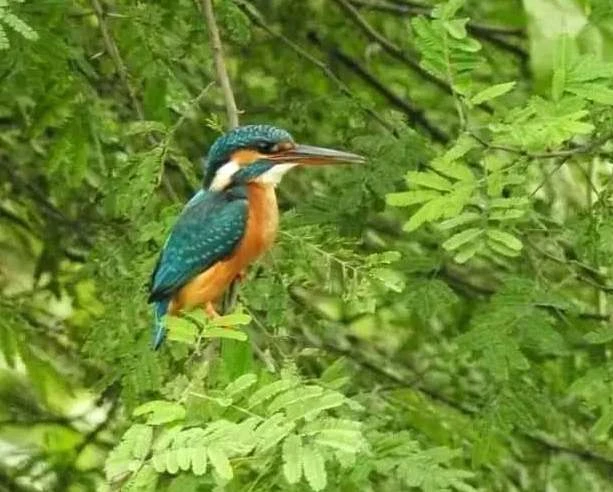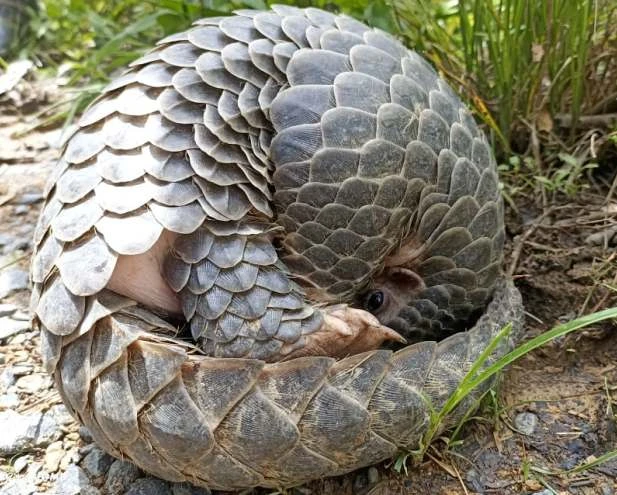
The Tizu Valley Biodiversity Conservation and Livelihood Network (TVBCLN) is located in the Zunheboto district of Nagaland, India. Surrounded by blue mountains and dense forests intermingled with golden-hued Jhum farm patches, the Tizu Valley Biodiversity Conservation and Livelihood Network is located on the bank of the Tizu River, one of the main river drainages in Nagaland, which flows through the landscape.
The Tizu Valley Biodiversity Conservation and Livelihood Network is a joint initiative of the three villages namely Sukhai, Ghukhuyi, and Kivikhu. The subtropical wet hill forest primarily overlaps with subtropical pine forest and represents wide fauna, acting as an important green corridor between the rich biodiversity of Satoi Range and other biodiversity-rich areas that harbor endangered and threatened species like Blyth's Tragopan (Tragopan blythii), Fishing Cat (Prionailurus), and Wild Dogs (Cuon alpinus). The forest is the place of origin of Kutu, Yayi, Loyi, Sumukhu, and Lipu, which were the feeder streams of the Tizu River, and the river is the home of many native aquatic lives.

The Tizu River and its surrounding forests have been strained by the destruction of forests, uncontrolled fishing and hunting, soil erosion, and overexploitation of fishes and wildlife. Initially, in the year 2014, Sukhai Village Council passed a resolution and declared 789 hectares of forest as Community Conservation Areas (CCA), banning hunting, felling of trees, and the use of destructive methods of fishing techniques in the Tizu River.
Subsequently, to ensure conservation of large contiguous forest areas, neighboring villages Kivikhu and Ghukhuyi came on a joint venture and declared 604 hectares and 370 hectares respectively, forming the joint Community Conservation Areas (CCAs) Network.

Wildlife watch:
An avian survey revealed the presence of more than 200 species of birds, including rare and threatened species like Naga Wren Babbler, Hodgson's Frogmouth, Spot-Breasted Parrotbill, Rufous-throated Partridge, Mountain Bamboo Partridge, Pompadour Green Pigeon, Slaty-Bellied Tesia, Spot-breasted Scimitar Babbler, Coral-bellied Babbler, Golden-breasted Fulvetta, and White-crested Laughingthrush.
The subtropical forest supports threatened species such as Chinese Pangolin, Slow Loris, Wild Dog, Fishing Cat, Yellow-throated Ferret Badger, and Coral Giant Flying Squirrel, etc.

Additionally, the forests of Tizu Valley are blessed with spectacular butterfly diversity. More than 222 species of butterflies are recorded from the area, including rare species such as Naga Emperor, Rufous Silverline, Naga Sapphire, Great Nawab, Wizard, Five-bar Swordtail, Bhutan Glory, etc.
Among the reptiles, Burmese Python, Red-necked Keelback, Mandarin Trinket Snake, King Cobra, Pope's Pit Viper, and many other interesting species are recorded from this area.
Issues by Tizu Valley Biodiversity Conservation and Livelihood Network



